Santiago, Chile - Vibrant, Rich in Culture, Diverse, and Livable
![]()
Santiago, Chile's capital and largest city, is nearly in the middle of this long, thin country. With a metro population of about 7.2 million people sprawled over 640 square kilometers, a visitor cannot visit all of it so we focused on the centro historico and nearby areas.
Amigos had suggested we select a place to stay in the barrio of Providencia, just east of the centre, so we settled in a cozy hotel there. The public transit is excellent with a Metro system and plenty of buses that run frequently so we were able to explore easily.
We began with the Plaza de Armas in the historic center. This shady plaza is the traditional center of the city and is surrounded by the Spanish colonial buildings.
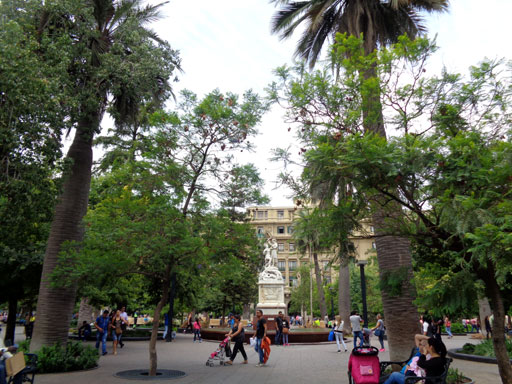

On one side is the elegant Catedral Metropolitana that has survived earthquakes through the years.
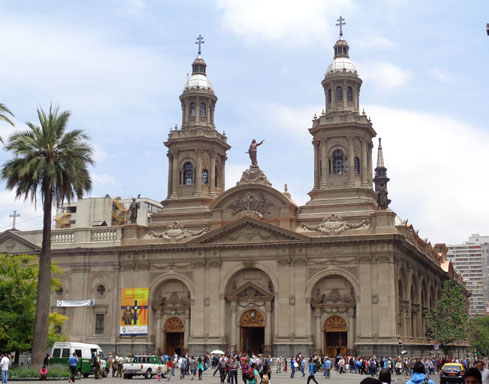
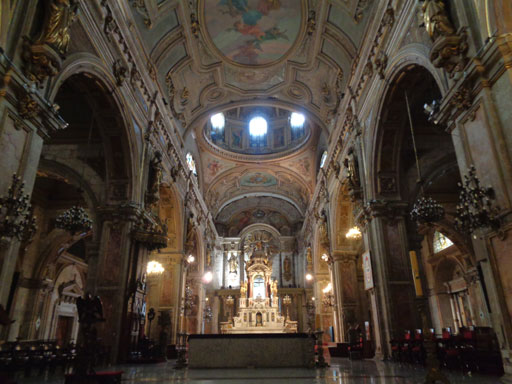
The pedestrian streets surrounding the Plaza de Armas are a maze of mostly smaller shops selling everything imaginable! Always filled with people, this is Santiago's beating heart, with street life galore.
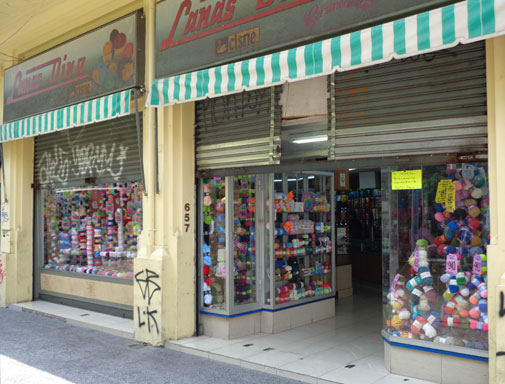
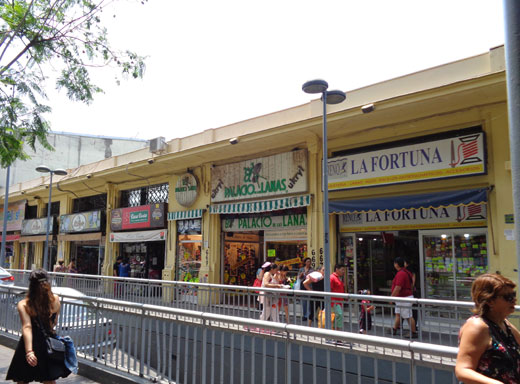
On the north edge of this maze is the Mercado Central, sheltered under an iron roof made in England and delivered in 1868! Under the ironwork, dozens of stalls offer frutas, verduras, carnes, and pescados of every description, along with dozens of cafes and restaurants.
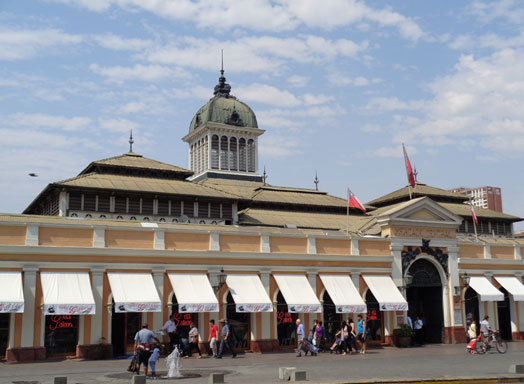
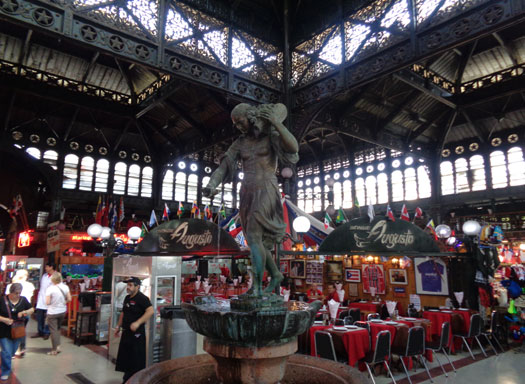
Nearby, the Mercado Abastos, another mammoth mercado contains more of the same plus clothing, flowers and all kinds of other stuff.
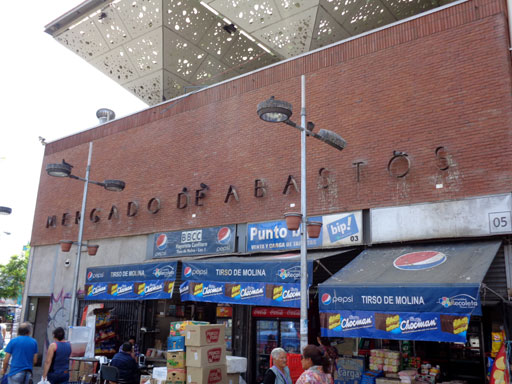
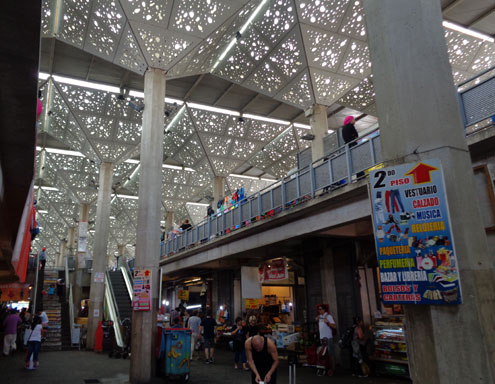
What is amazing is that these lively traditional mercados are very busy and seem to compete successfully with a collection of the mostly upscale shopping malls in the surrounding suburbs.
We explored one of them, the enormous Costanera Center in the base of the Gran Torre Santiago, Latin America's tallest skyscraper. Here most every international retail chain has a store. Strolling through this monument to consumerism, we could easily imagine that we were in a shopping mall anywhere in the world.
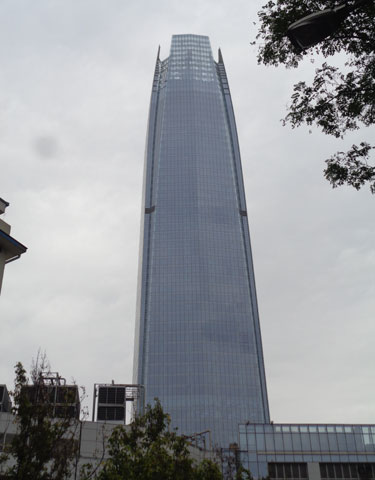
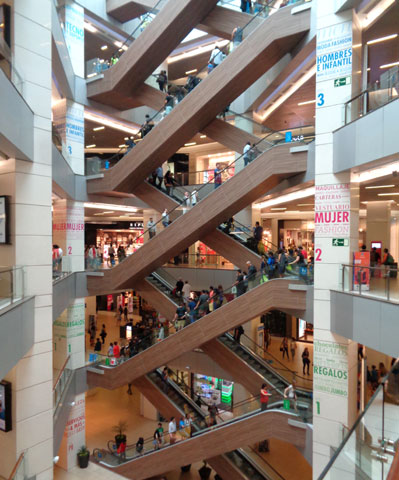
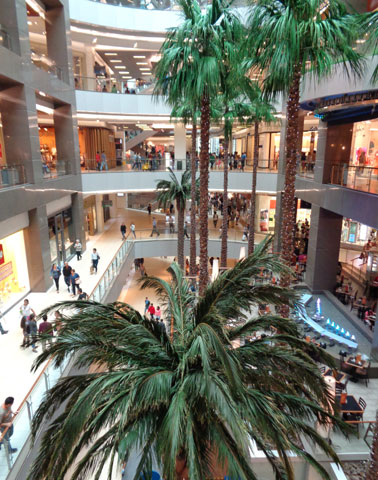
Not far from the Mercado Central is Estacion Mapocho, a grand stone and copper structure built in 1912 as the terminal of the Valparaiso-Santiago railway line. Later abandoned and left vacant and ignored for years, this grand building has been restored to it's original grandeur and now functions as a special events and cultural centre.
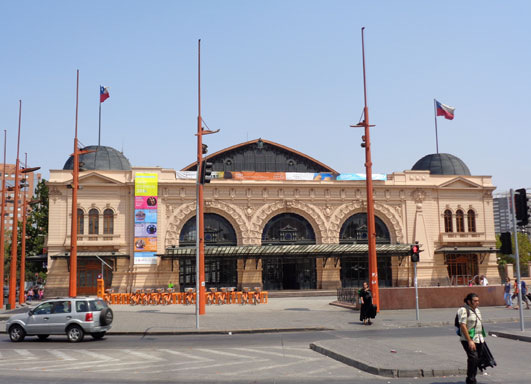
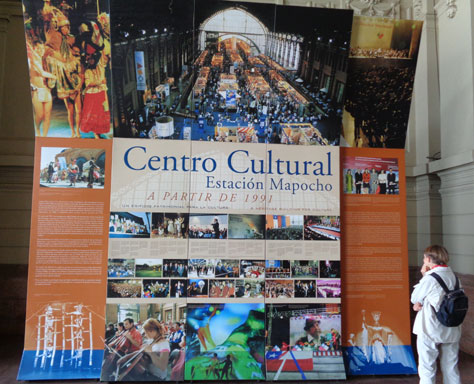
Santiago has some of the most compelling and educational museums we have experienced in our travels!
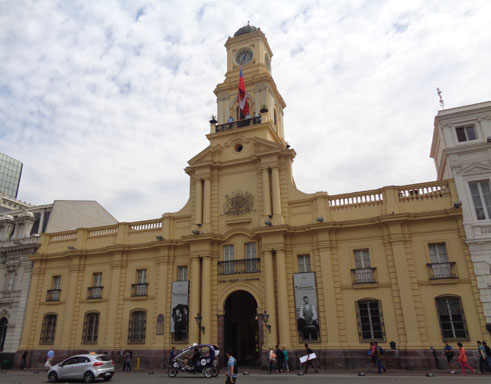
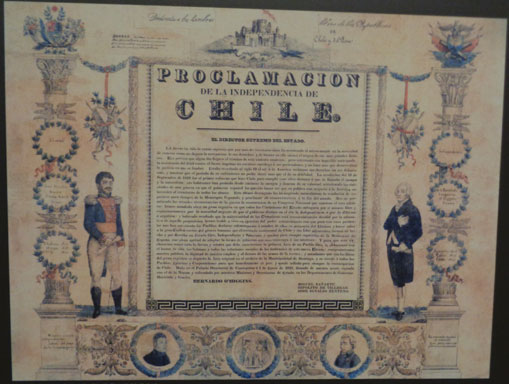
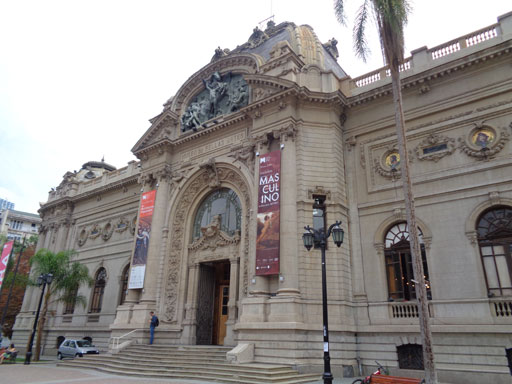
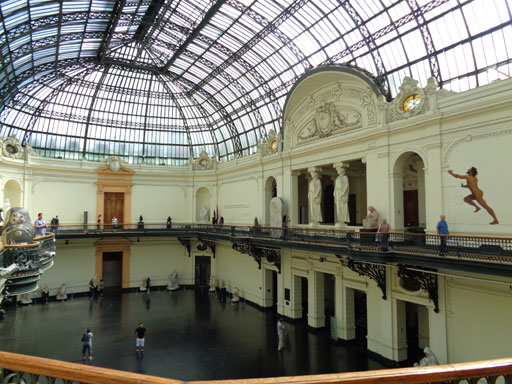
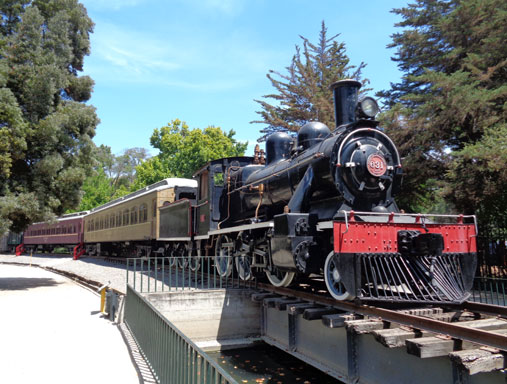
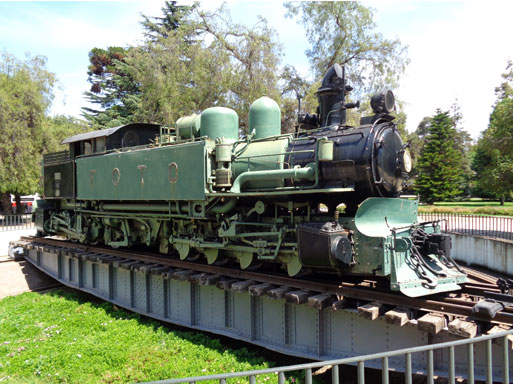

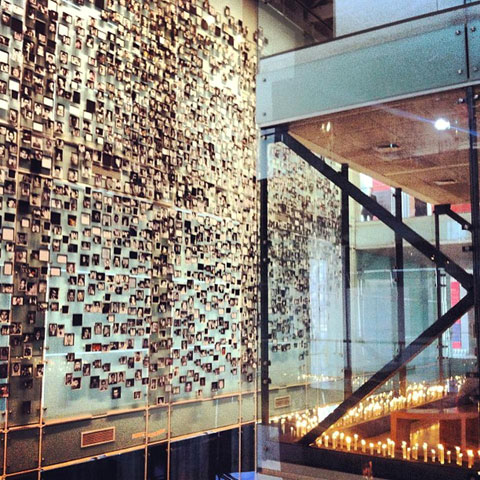
Not far from Plaza de Armas is La Moneda, the Neoclassical presidential palace, was built between 1784 and 1805 to house the royal mint. Forty years later, it became the residence for the presidents of Chile until 1958 when it continued as the official seat of government. Perhaps the most dramatic event that occurred here was the death by suicide of President Salvador Allende when he refused to surrender to the military during Pinochet's coup. A statue of him stands nearby.
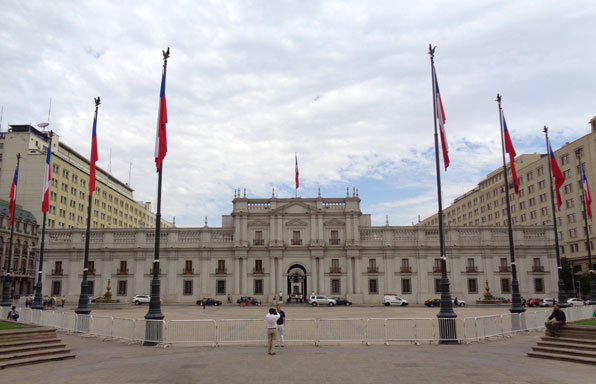
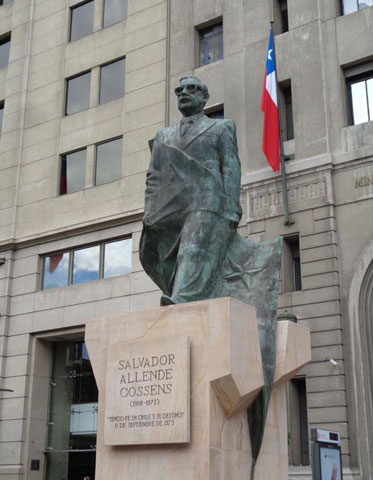
Today, on one side is Plaza de la Constitution an elegent open space surrounded by government buildings including the classic Intendencia de Santiago (center of government of the metropolitan region), with it's wonderful interior stonework and stained glass ceilings.
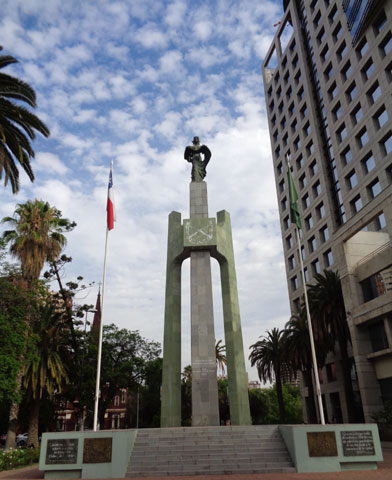
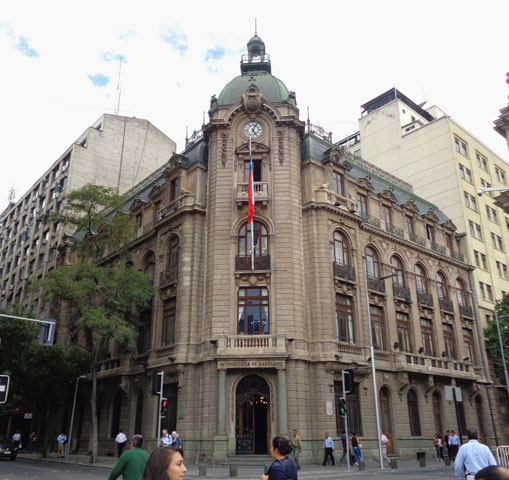
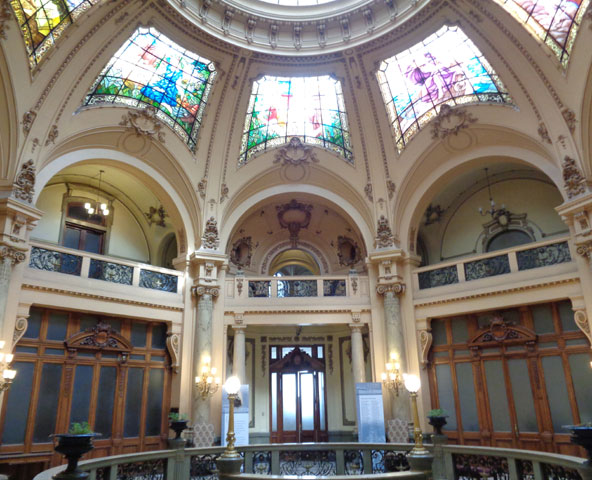
On the other side, but below the open Plaza de la Ciudania a vast public space, the Centro Cultural Palacio La Moneda, an underground art gallery and cultural space that seemed underutilized. Plaza de la Constitution was filled with people, shaded by large elegant trees, surrounded by important government buildings.
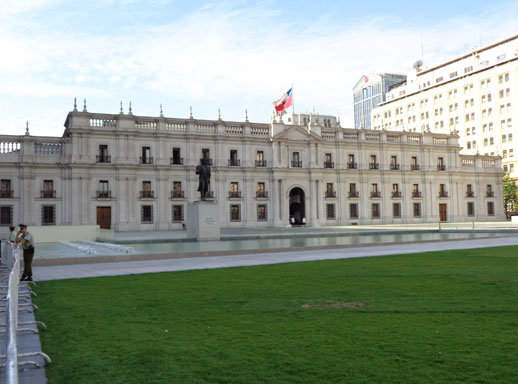
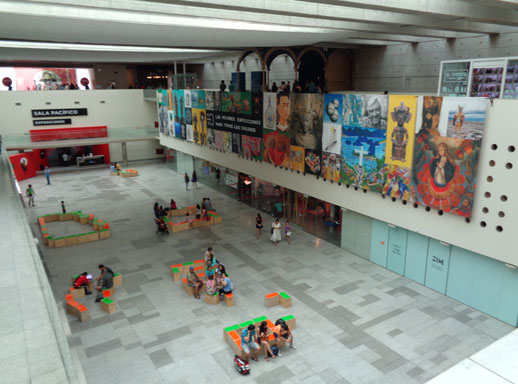
Santiago is a city of parks and green spaces. The largest surrounds Cerro San Cristobal with a funicular to take visitors from it's classic stone bottom station to the top. On a sunny day after a night of rain, the air had cleared so that the views of the city and the mountains in the distance were quite spectacular. The park also has walking trails shaded by big old trees, the zoo, and plenty of opportunities for snacks, picnics, and music from local musicians. Not far away, there are lovely greenways along the Rio Mapocho for biking and strolling.
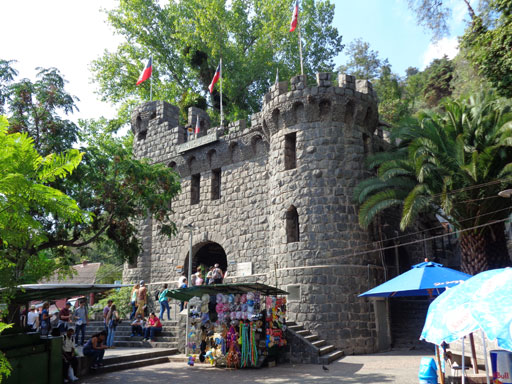
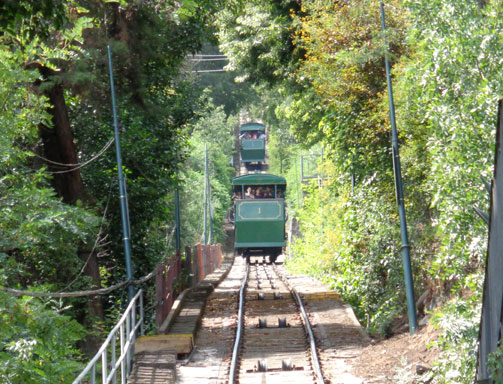
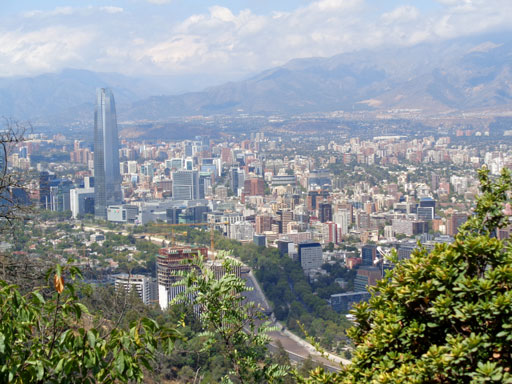
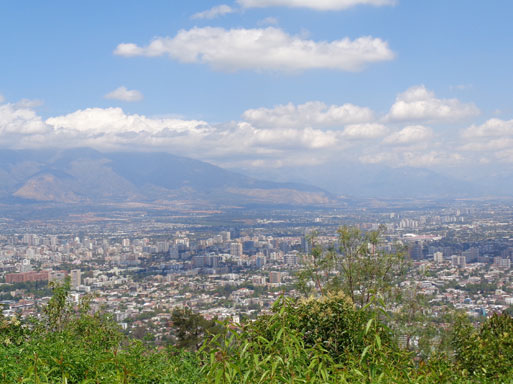
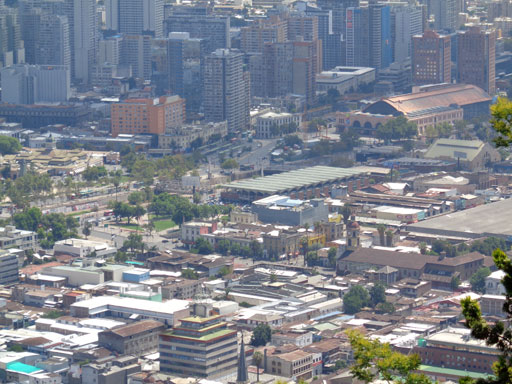
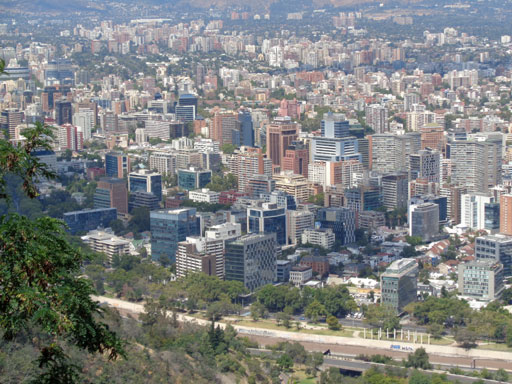
Exploring further, west of the centro historico and close to the Museo de la Memoria, is another of Santiago's wonderful parks, Quinto Normal. We visited on a Sunday and found it full of people enjoying picnics, visiting the Museo Ferroviario (mentioned above), swimming in the piscina or playing in the fountains, kicking soccer balls around and just enjoying a nice day in the sun.
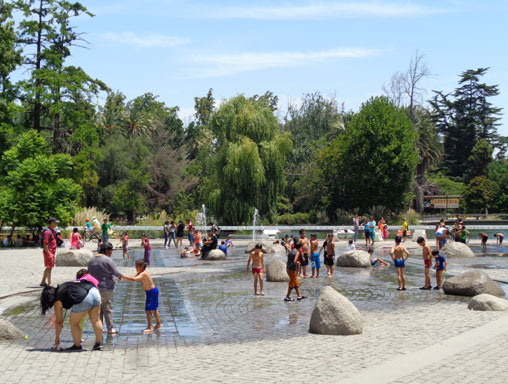
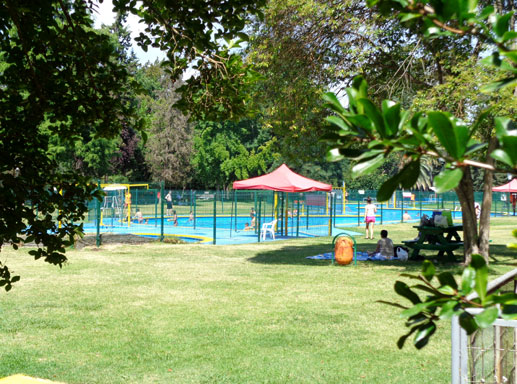
There are many smaller parks scattered around the barrios and plenty of big trees for shade along the broad sidewalks. We visited several barrios around the city and discovered a wide range of housing, from high rise apartments to tiny casitas, with ample shops, cafes, and paradas for the frequent buses. The architecture includes examples from all eras intermingled nicely.
There are Cultural Centers all around, some small and others, such as the one below the Plaza de la Ciudania mentioned earlier, that are large and host important events and exhibitions.
Perhaps the most curious to us was the Centro Cultural Gabriela Mistral, the GAM. This vast structure of Corten steel with an adjoining highrise building was built in 1972, during the Allende administration for the UN Conference on Trade and Development. Today the building has a new life as a center for arts and culture.
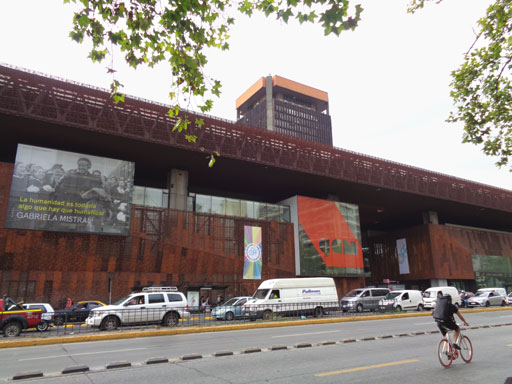
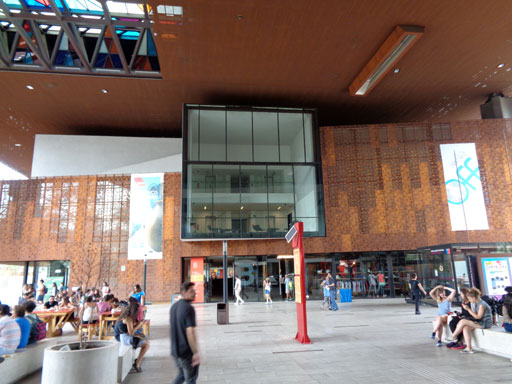
The immense Metro area of Santiago is well served by a complex yet user friendly system of public transport, Transantiago. In 2007, the entire transit system was reorganized and reformed. Passengers use the Tarjeta BIP!, a rechargable fare card, for travel on all buses and the Metro (subway). A useful Trip Planner is available on the Internet, too. We found that we could easily travel anywhere we wished.
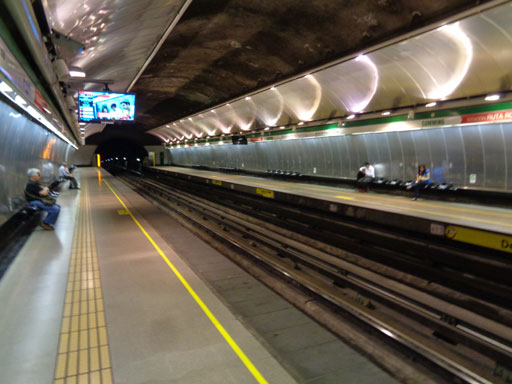
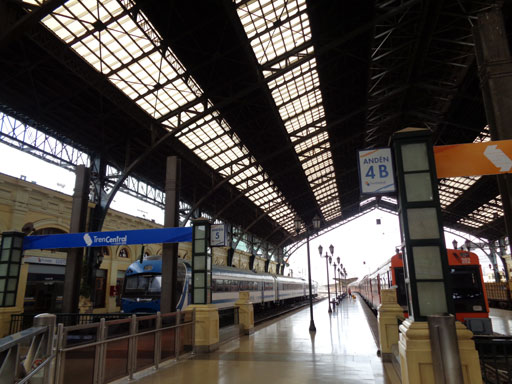
Overall, in our brief visit, we felt that we had developed an excellent overview of Santiago and found it to be quite People Friendly and livable. It is easy to imagine that the Nomads will return for a longer stay!
Click here to go to our Winter 2015/16 - Nomads Fly South for the Winter page.
Click here to go to our 'Searching the World for People Friendly Cities' page.
![]()